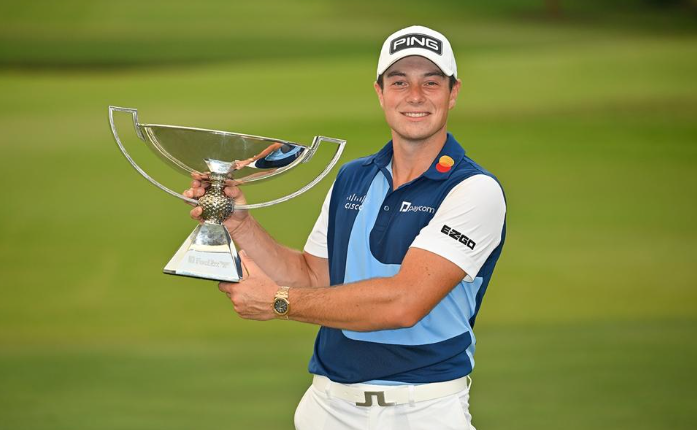The road out of The Grange Golf Club leads into Adelaide’s late summer heat. Thousands of fans remain at the course, soaking in the final rounds of LIV Golf Adelaide, but a small group is heading somewhere else.
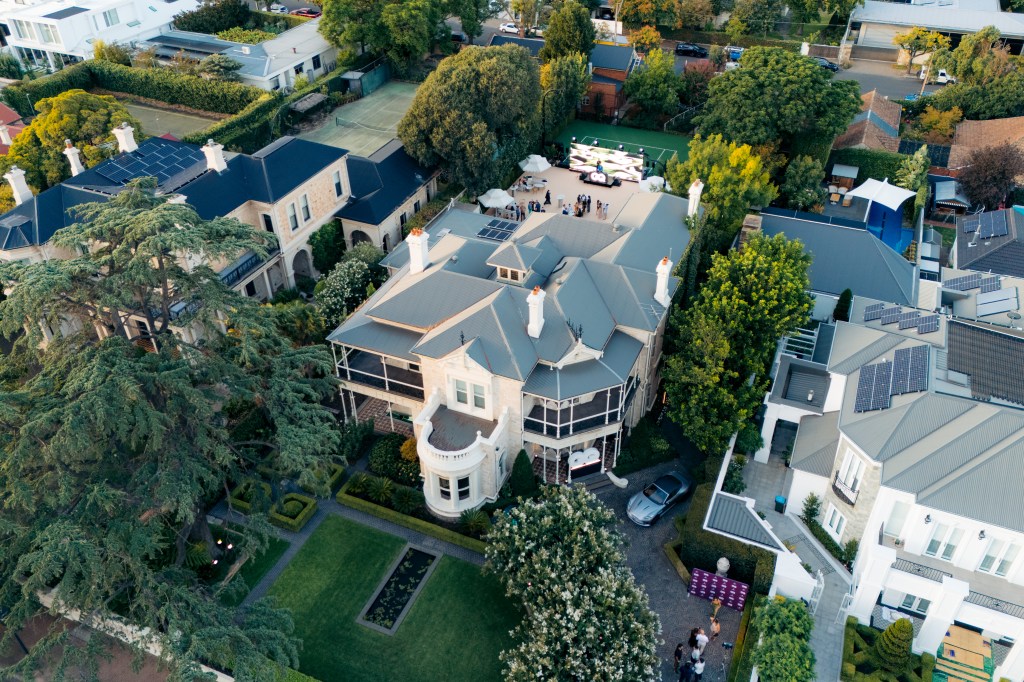
A convoy of black Mercedes Sprinters wind through the outskirts of the city, moving away from the fairways and grandstands. The real spectacle isn’t happening inside the ropes. It’s taking place behind the doors of The Ripper House—a private residence tucked away in the affluent streets of North Adelaide that, for three nights, has been turned into the hottest venue in town.
The unofficial quarters for Cam Smith and his all-Australian team, Ripper House isn’t listed on any official tournament maps. There are no ticket sales, no public access, no signage. This is by design. Those who get in have either been invited or know someone who can get them on the list.
It’s a far cry from traditional golf tournaments, where hospitality has typically meant corporate tents, sponsor marquees, and champagne bars lined along the 18th fairway – an atmosphere built for networking rather than spectacle.
Over the second weekend in February, Ripper GC and its general manager Nick Adams, set out to flip that equation. “What we provide and the way it’s formatted, it breathes fresh life into golf and attracts more people to the sport,” Adams tells Forbes Australia.
After spending part of the day soaking in the action at “The Cellar Door” – a VIP box overlooking the 12th green dubbed the “party hole” – LIV Golf’s most exclusive guests were then moved off-course entirely.


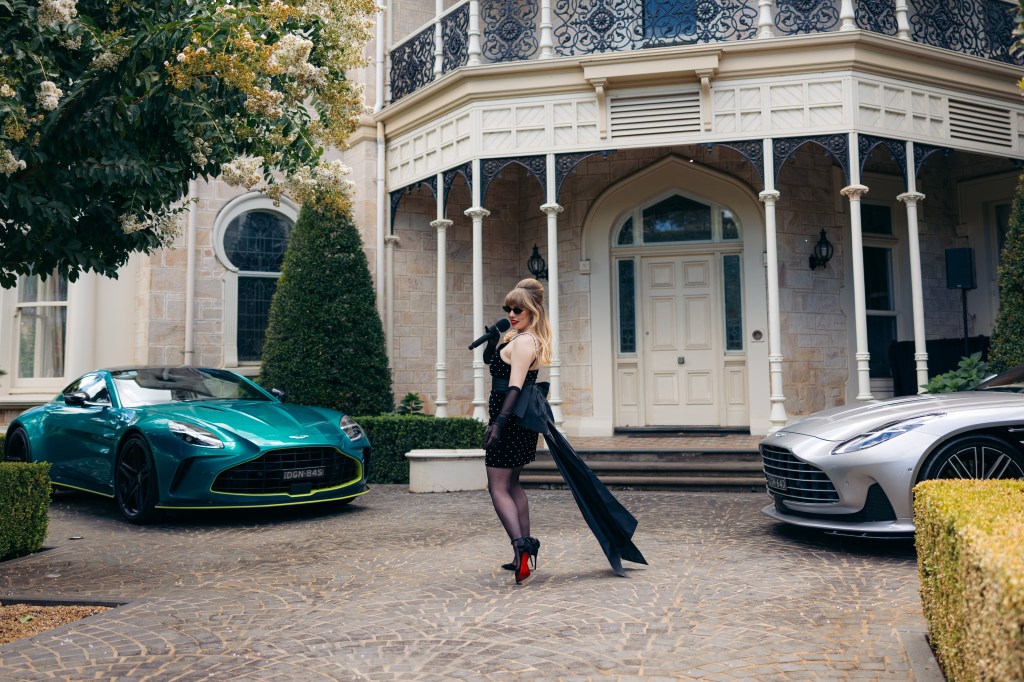
Arriving at one of Adelaide’s most expensive private properties, guests are greeted at the front gates by a live musician and a pair of 2025 Aston Martins. Inside, Mick Fanning, Travis Fimmel, Rebecca Judd, Scotty James, Dylan Alcott, and Karl Stefanovic move between a private chef’s station, live DJs, a golf simulator, and an open bar featuring cocktails mixed by the city’s best bartenders.
The focus on presentation didn’t stop at the entertainment. Chef David Moyle’s menu—wattle seed ice cream, kangaroo schnitzel, and an elevated take on avocado toast—was plated with the full expectation that it would end up on Instagram. And with a revolving door of influencers on hand, it did.
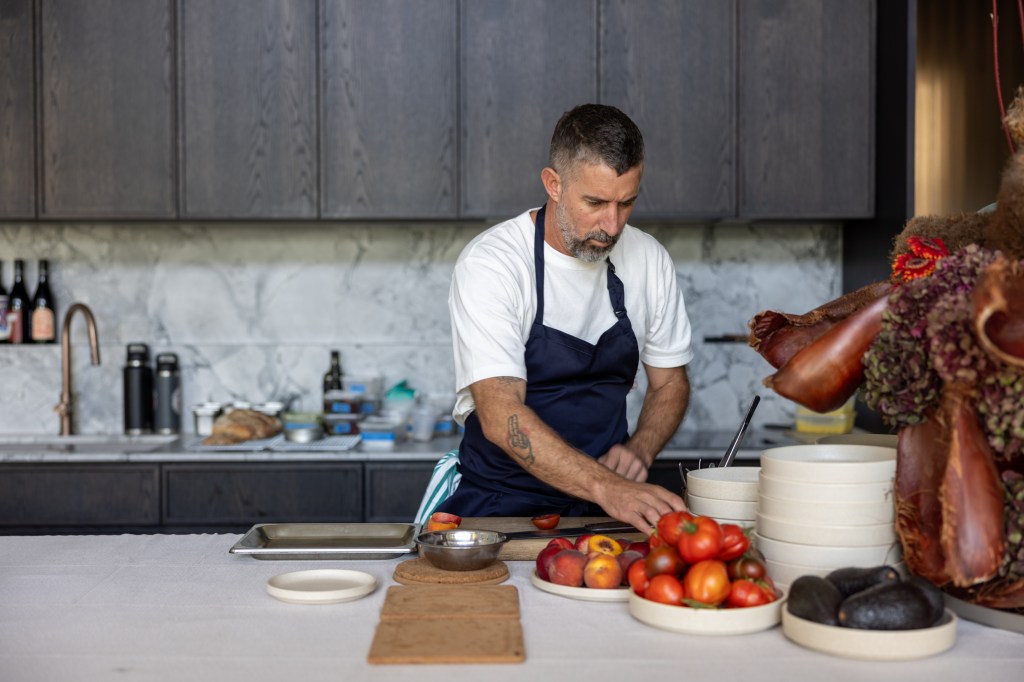
The future of hospitality?
An Instagrammers dream? Absolutely. But the Ripper GC team and LIV Golf are trying to cash in on a broader shift in sports and events hospitality.
In Formula 1, the rise of Paddock Club suites and ultra-luxury fan packages has redefined what premium access looks like. At the Las Vegas Grand Prix, hospitality packages reached upwards of US$5 million. At Coachella, VIP activations by brands like Soho House and Revolve have transformed how festivals engage with high-spending attendees.
While this isn’t a traditional revenue play just yet, LIV Golf is now trying to position itself in that same space, testing the waters with concepts like The Ripper House. For now, the event remains invite-only and the tournament itself is of course still the centrepiece, but it hints at a future where curated, high-end experiences could become a major revenue driver.

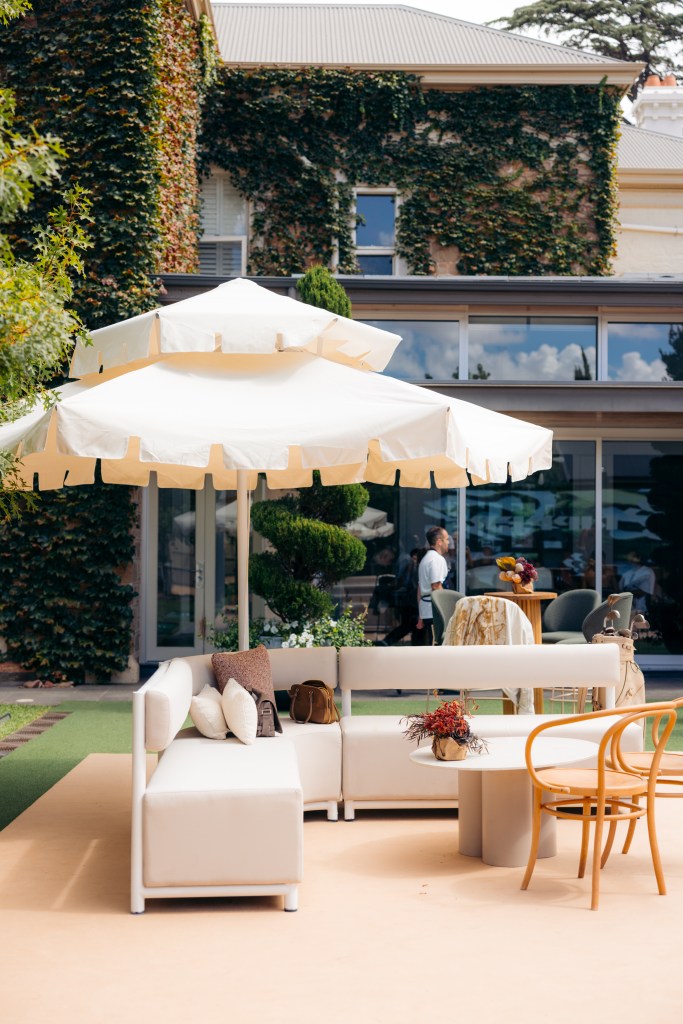
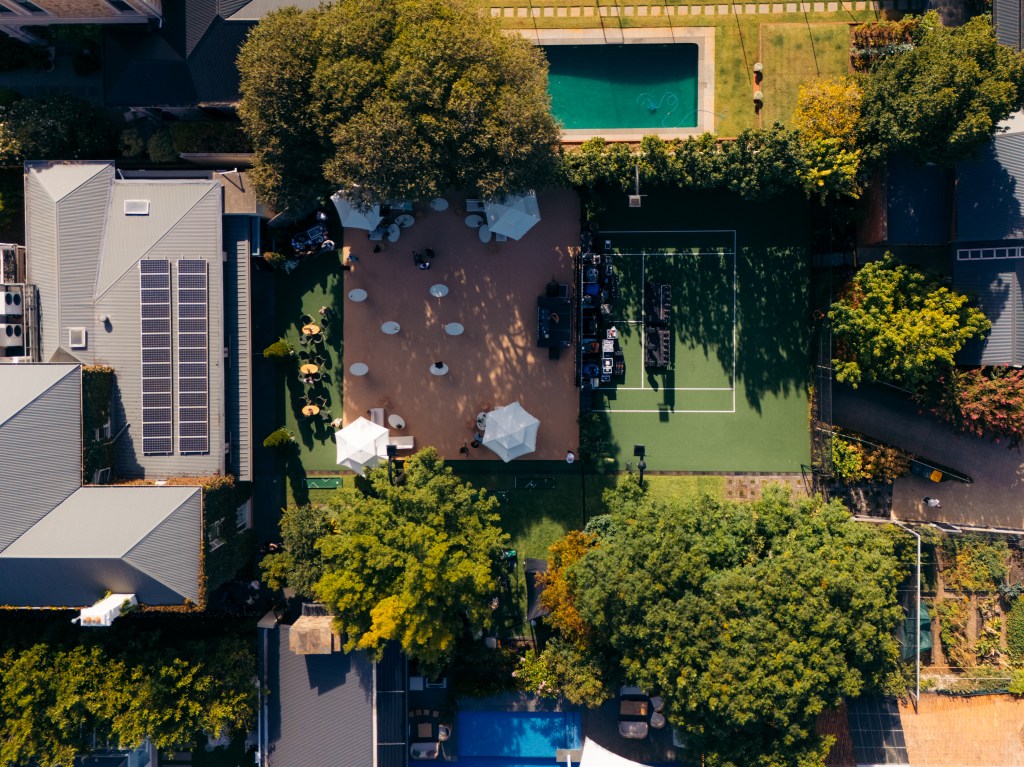
And that revenue stream is only becoming more critical as the controversial breakaway league looks to justify its staggering financial investment. With Saudi Arabia’s Public Investment Fund reportedly pouring more than $5 billion into the league, there’s inevitable pressure to create sustainable, long-term business models beyond sponsorship deals and broadcast rights.
At the same time, the league is still working to shake off the controversy that defined its early years. Accusations of sportswashing, bitter legal battles with the PGA Tour, and the perception that players were chasing paycheques rather than competition all fuelled scepticism. While many of those tensions have eased—especially as LIV and the PGA move toward a working agreement—the league still faces the challenge of proving its long-term viability beyond deep-pocketed backing.
“We knew there would be blowback,” Adams says of the launch of the breakaway league. “But the vision was clear: to create something better for the players and more engaging for the fans. Every major shift in sports has faced resistance. World Series Cricket, the Super League—it’s no different here. The question is: are we building something that lasts? And I think we are.”
Locked in until 2031
102,483 fans rolled through the gates of Grange over the three-day event – and now the South Australian government will be looking to go one bigger after securing a multi-year extension, announced on Sunday. The new deal locks in the breakaway league’s only Australian stop until at least 2028, with an option to extend through 2031 if the North Adelaide redevelopment gets the green light.
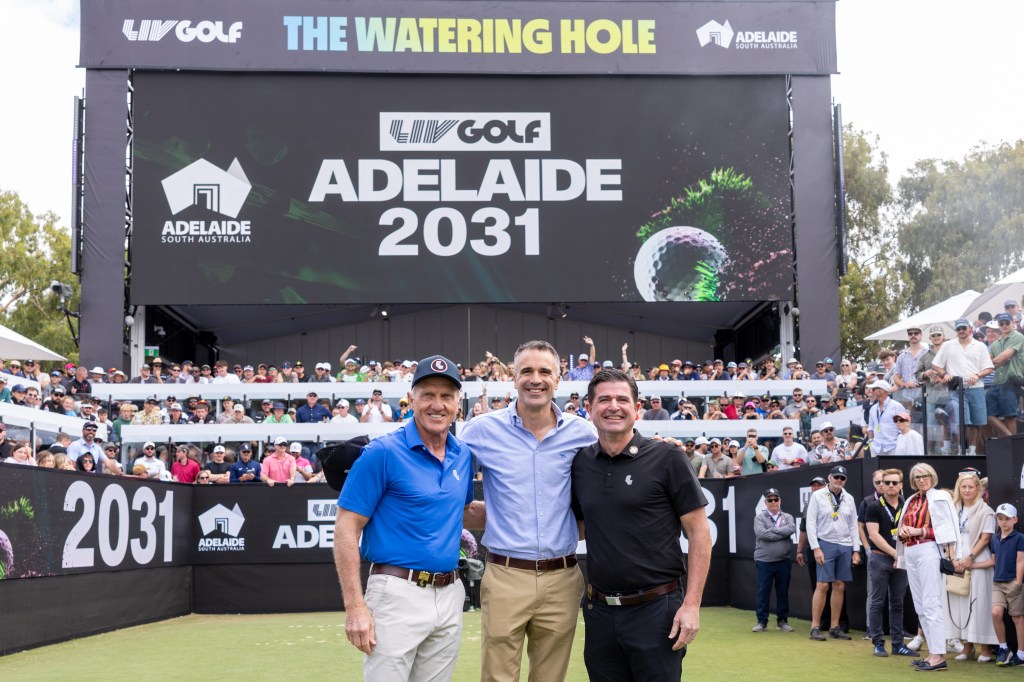
That redevelopment is no small project. The plan—a Greg Norman-designed, championship-level overhaul of North Adelaide Golf Course—would shift the tournament closer to the city and reshape Adelaide’s golf landscape. The government has hinted at a “considerable investment” but hasn’t put a figure on it yet.
Premier Peter Malinauskas calls it a “big opportunity” to unlock economic potential in the city’s heart. The numbers back him up – leading into this year, LIV Golf Adelaide had already pumped $136 million into the state economy, with 40% of ticket holders coming from outside South Australia.
More from Forbes Life



